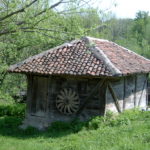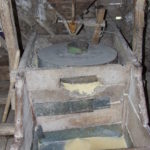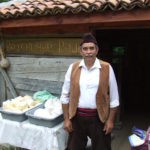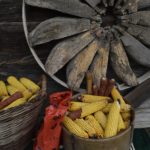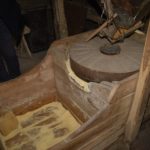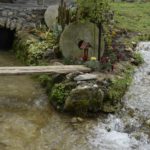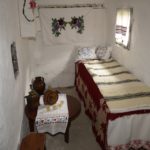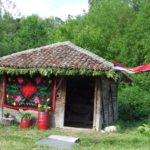Ethno village Bistrica
Ethno village Bistrica
The village of Bistrica is located next to the regional road that connects the center of Braničevo district with Žagubica and Bor.
It lies on the river of the same name, and is about ten kilometers away from the city. A part of the village Bistrica, some 56 cadastral parcels were declared cultural asset of great importance in 1986.
It is a cultural-historical site which includes three rolling mills, ten watermills, a church with a churchyard, a farm, five houses, one of which has additional buildings, the local community building, the old school and the tavern.
Favorable geographical position, proximity and good connections to the town with a considerable offer of interesting content for potential tourists are the reasons why the people of Bistrica became interested in rural tourism.
Selo Bistrica se nalazi pored regionalnog puta koji povezuje centar Braničevskog okruga sa Žagubicom i Borom. Leži na istoimenoj reci, a od grada je udaljeno desetak kilometara. Deo sela Bistrice od oko 156 katastarskih parcela utvrđeno je 1987. godine za kulturno dobro od velikog značaja. To je kulturno – istorijska celina u čijem sklopu su tri valjarice, deset vodenica, crkva sa crkvištem, salaš, pet kuća, od kojih je jedna sa pomoćnim zgradama, zatim zgrada mesne zajednice , stare škole i mehane. Danas to predstavlja najuređeniji deo sela, a crkva , kroz istoriju poznata pod imenom Đerinac, crkvena porta i okolina crkve mesto je okupljanja. Posebno u danima svetkovina ovde se okupljaju ne samo meštani i njihovi gosti, već i ostali stanovnici opštine i Homolja. Tada bi se slučajnom namerniku moglo učiniti da je zalutao u vremenu i na čudan način stigao u 18. i 19. vek, jer sve što vidi podseća ga na to vreme : frulaš i kolo, šarene nošnje Srba i Vlaha, tezge gde se mogu probati i kupiti med i rakija, ali i rakijske kace i burad, grnčarija, “ težinjavo platno“, ručno tkani ćilimi, vuna i kožusi, zvona i praporci, opanci od svinjske i goveđe kože…
A random traveler might think they got lost in time and somehow found themselves in the 18th and 19th century, because everything they see reminds of that time: fluting and wheel, colorful costumes of Serbs and Vlachs, stalls where you can try and buy honey and brandy, but also brandy tubs and barrels, pottery, "heavy cloth", hand-woven carpets, wool and furs, bells and flags, shoes made of pork and cow leather…


